Transport
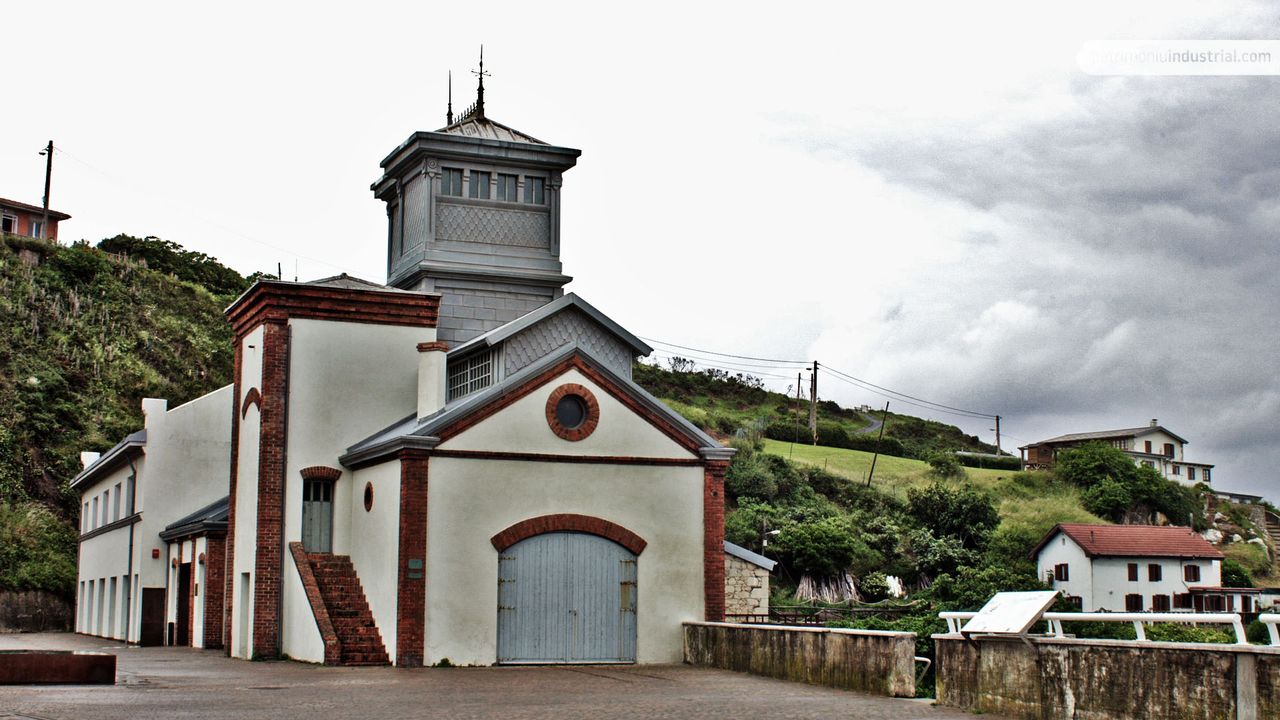
340451717
Arnao Mine
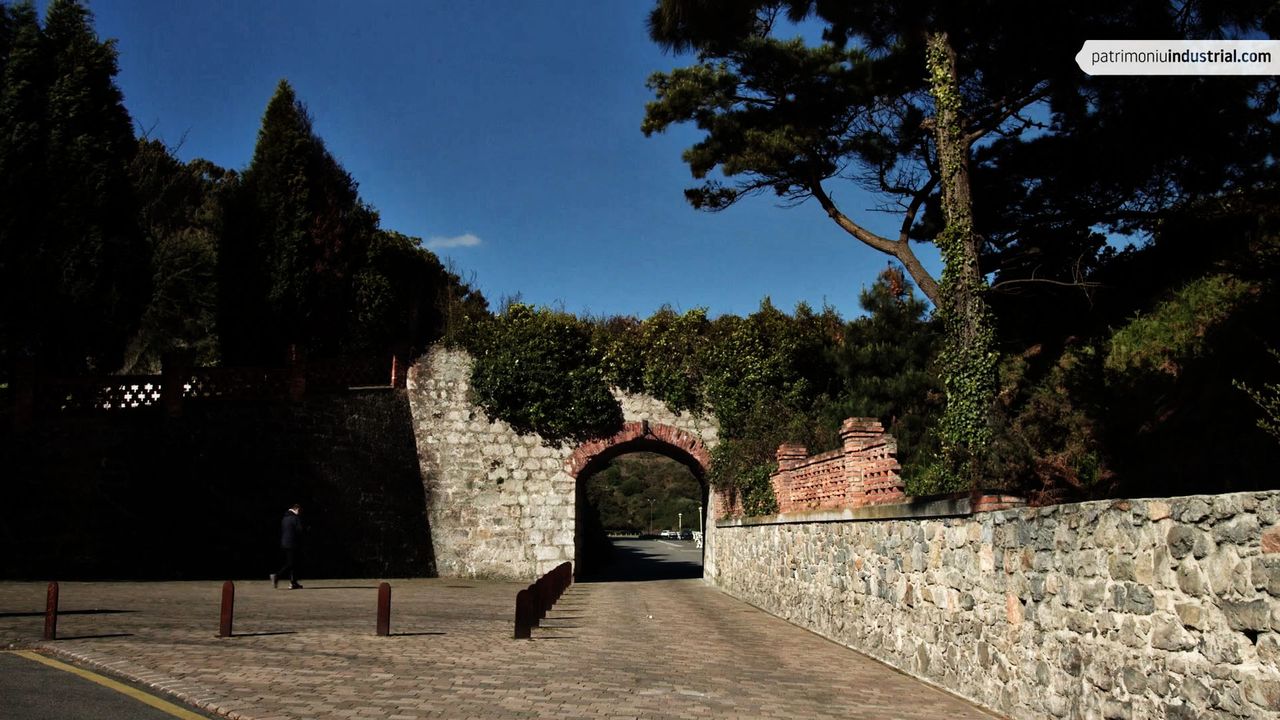
368826867
Arnao Tunnels
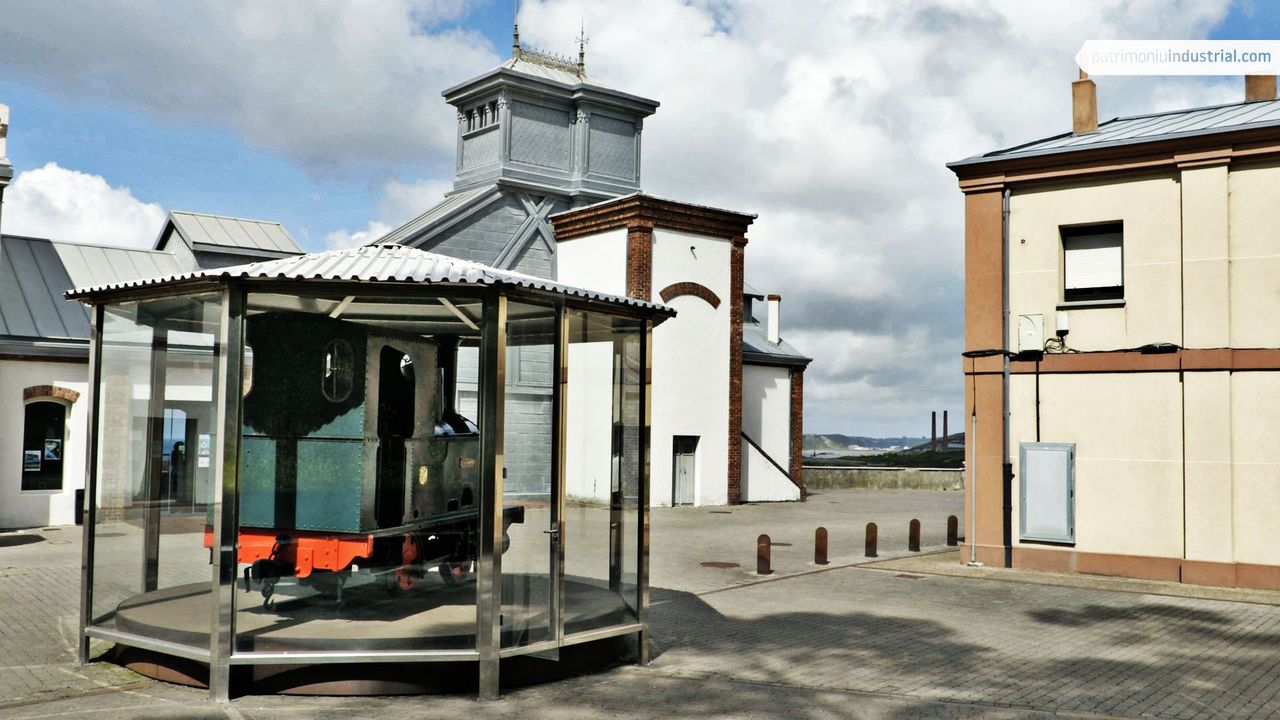
353345142
Eleonore Locomotive
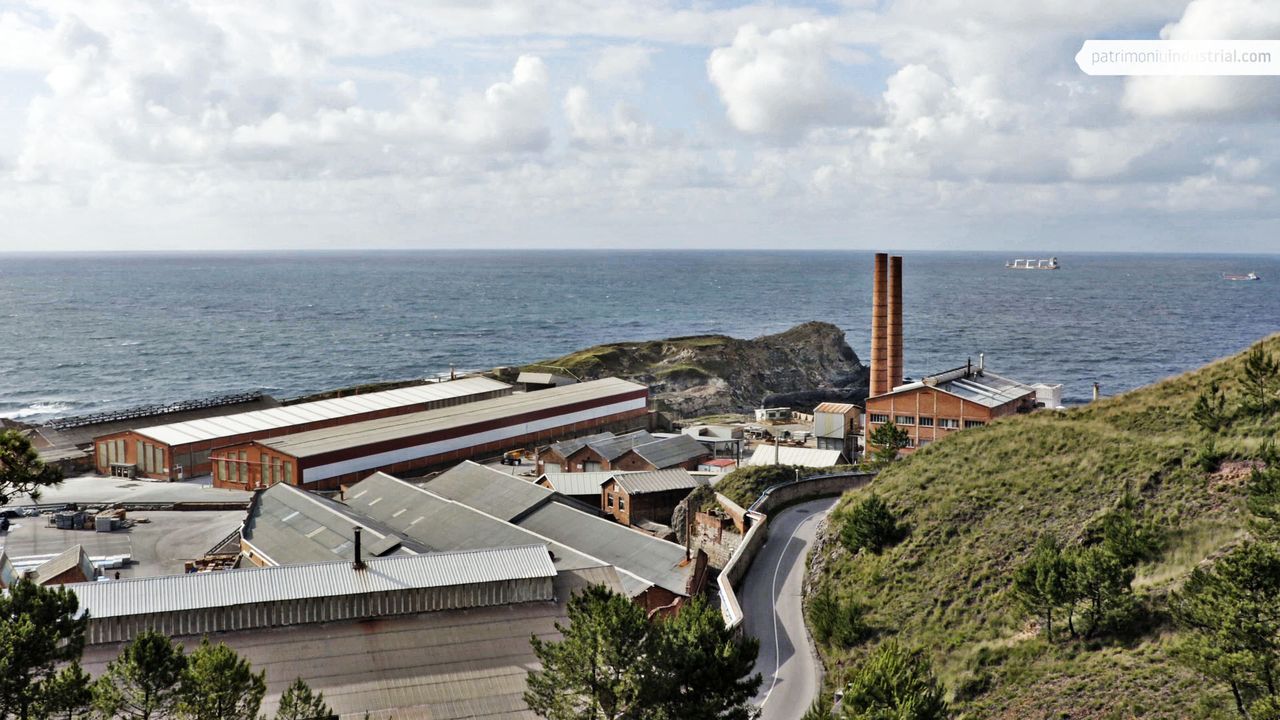
342594223
RCAM
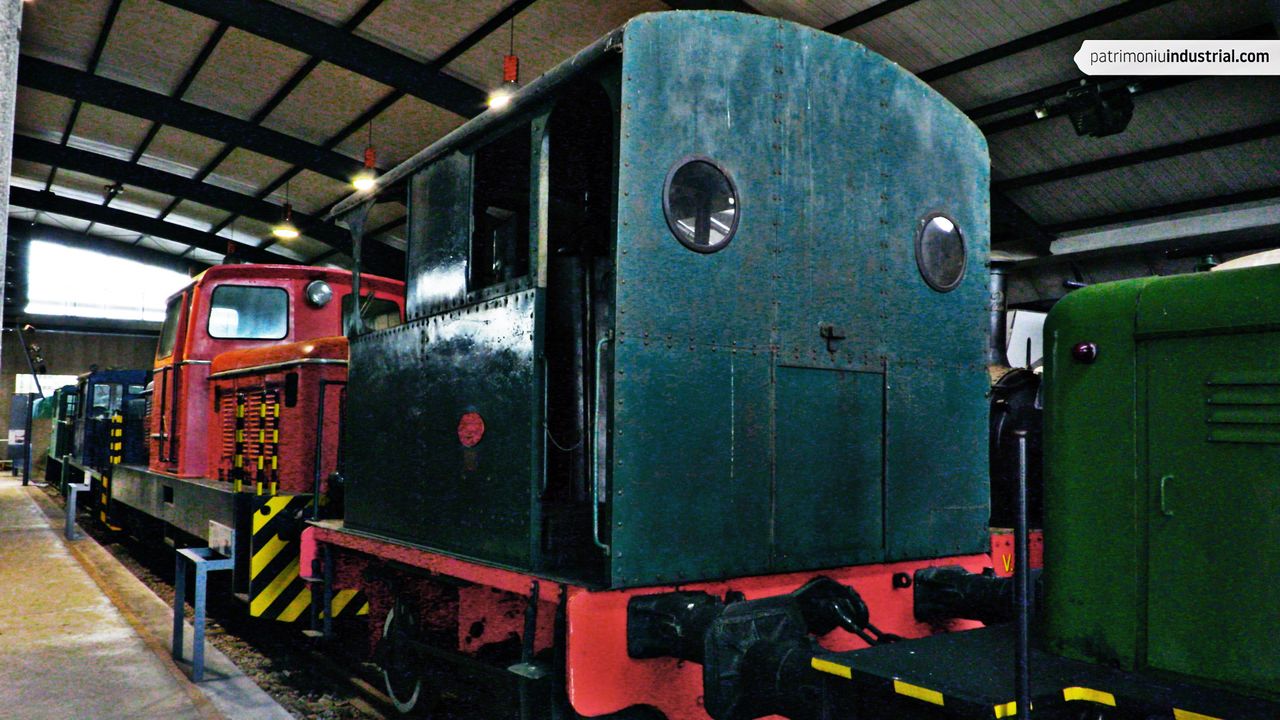
707513522
Panera Locomotive
One of the most unique designs among steam locomotives is the one with a vertical boiler instead of the more common horizontal one. The main manufacturer of these vehicles was the Belgian firm John Cockerill. In 1891, they delivered an example to Royal Asturian Mining Company to be used in the broad-gauge railway branch that linked the San Juan de Nieva station and the Arnao factory. It had no identification, and was known by the nickname of “Panera”, although it is not known if this word refers to a bread container or to the traditional Asturian granary.
It belongs to the type IV, one of the five unified models offered by Cockerill in its catalogue of machines with a vertical boiler. It has two coupled axles and a canopy covering its entire structure. The fuel tank is located at the front and the cabin at the rear. The Field type boiler with water tubes is located in the centre, as opposed to the classic boiler with tubes for the combustion gases at home.
The Royal Asturian Mining Company (RCAM) was a loyal customer of this type of locomotives, as it used several models and track gauges, not only in Asturias, but also in its facilities in Reocín (Cantabria) and Rentería (Guipúzcoa). However, the Panera is the only survivor of them all. Its tasks were always linked to the Arnao railway branch, carrying raw materials from the San Juan docks and, in the opposite direction, towing the empty material and the zinc production of the factory.
It was in operation until 1976, when it was one of the last active examples of this type in the world. It was then left inside the facilities of Asturiana del Zinc (successor of the Royal Asturian Mining Company) until it was transferred to the Asturias Railway Museum, which carried out its restoration.
The Panera is one of the four vertical boiler engines that survive in Spain and the largest of them all. Its value as a technological testimony is undeniable: Cockerill was a pioneering firm in the European Industrial Revolution and also in offering specific locomotives for factory services. The first ones that arrived to the Asturian industrial railroads, specifically to Minas de Santa Ana, were the same model and belonged to a smaller variant. Its patrimonial importance is similar to its peculiar structure, which stands out among the pieces in the museum and attracts the attention of many visitors.
PHOTO GALLERY

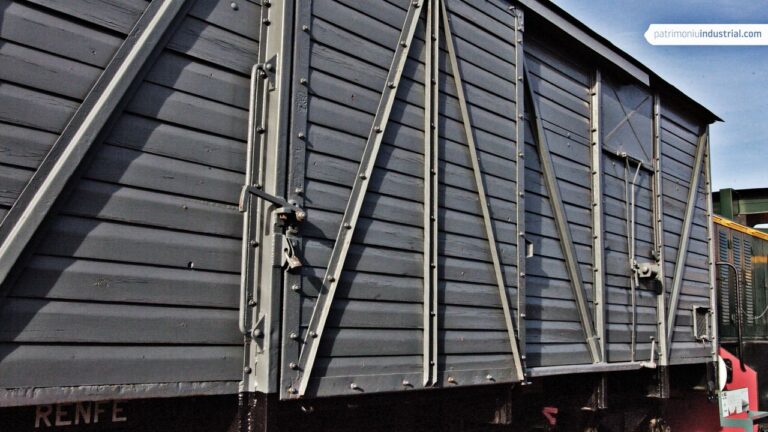
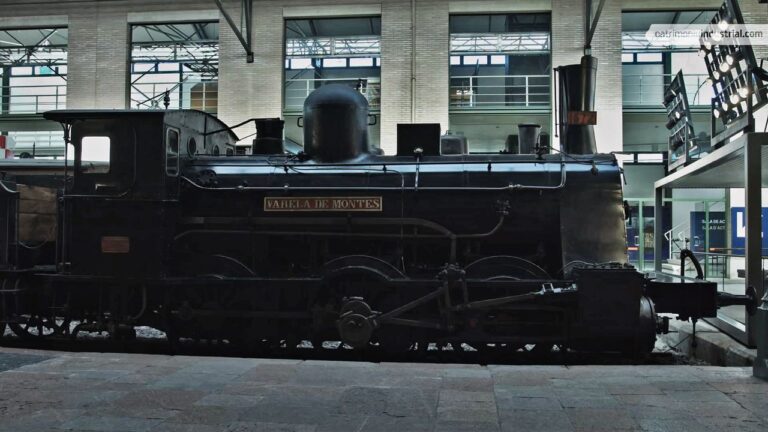
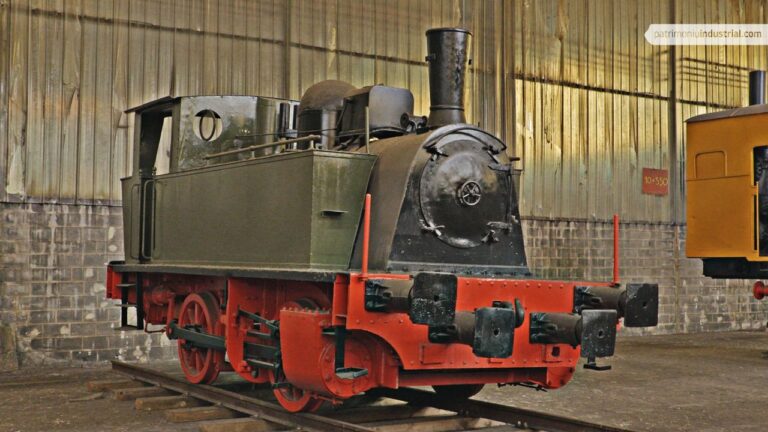

Recent Comments